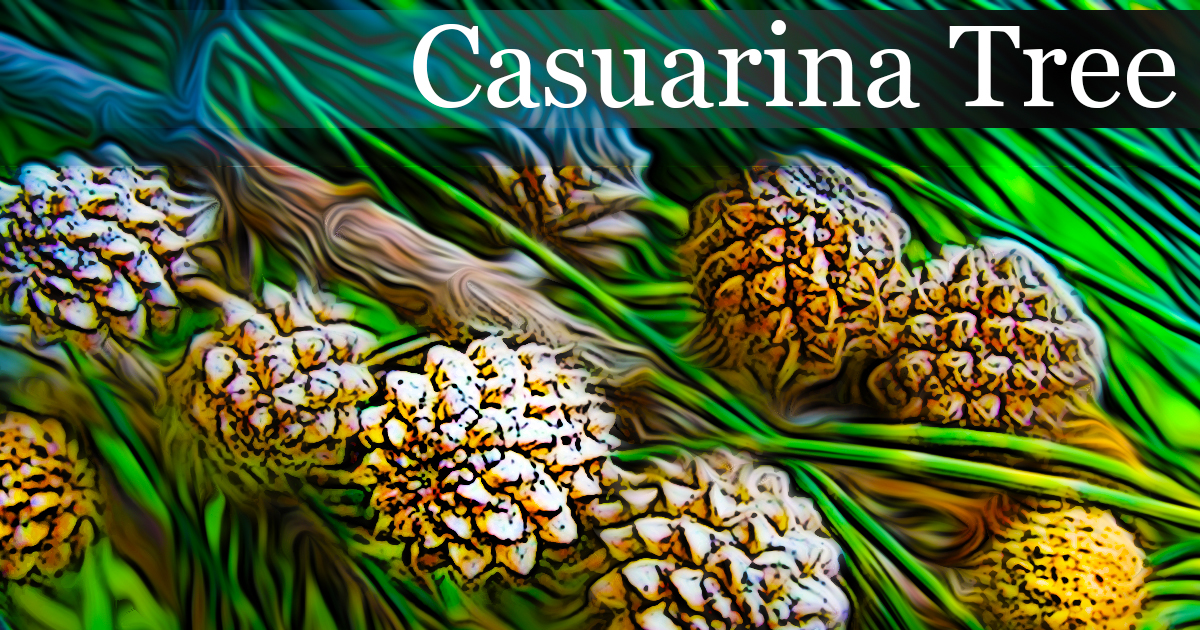
Context:
Following the devastation caused by Cyclone Gaja, casuarina plantations in Tamil Nadu are witnessing a resurgence, with farmers gearing up for their first harvest in five years.
About the Casuarina Tree:
- Origin: The Casuarina tree is native to Australia and was introduced to mainland India in 1868. It thrives in tropical, subtropical, and Mediterranean climates.
- Geographical Distribution: While cultivated extensively across South India, casuarina plantations are predominantly found along the coasts of Andhra Pradesh, Odisha, Puducherry, and Tamil Nadu.
- Characteristics: This evergreen tree features a straight trunk and a conical crown formed by permanent horizontal branches that bear deciduous, needle-like branchlets.
- Nitrogen Fixation: Casuarinas have the ability to fix atmospheric nitrogen due to their symbiotic relationship with the bacteria Frankia.
- Reproductive Nature: In India, casuarina trees are dioecious, meaning individual plants produce either male or female reproductive structures.
Uses of Casuarina:
- Fuel Wood: The wood of the casuarina tree is highly valued for its calorific value, making it a preferred choice for fuel in tropical regions.
- Shelterbelts and Windbreaks: It is commonly used to create shelterbelts and windbreaks in coastal areas, providing protection against strong winds and erosion.
- Reclamation and Afforestation: Casuarina trees play a crucial role in reclaiming mined areas and afforesting nutrient-poor sites, aiding in soil restoration.
- Raw Material for Paper Production: The wood serves as a significant raw material for the paper industry, contributing to sustainable sourcing practices.




